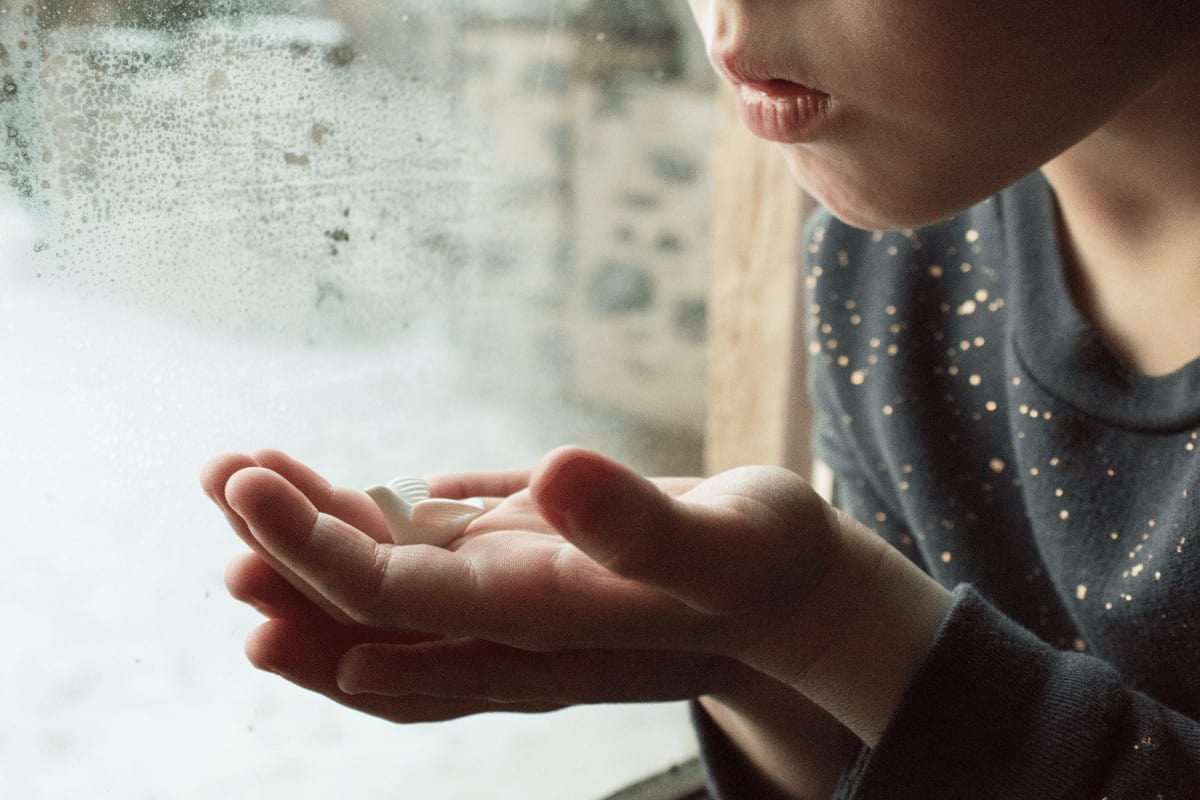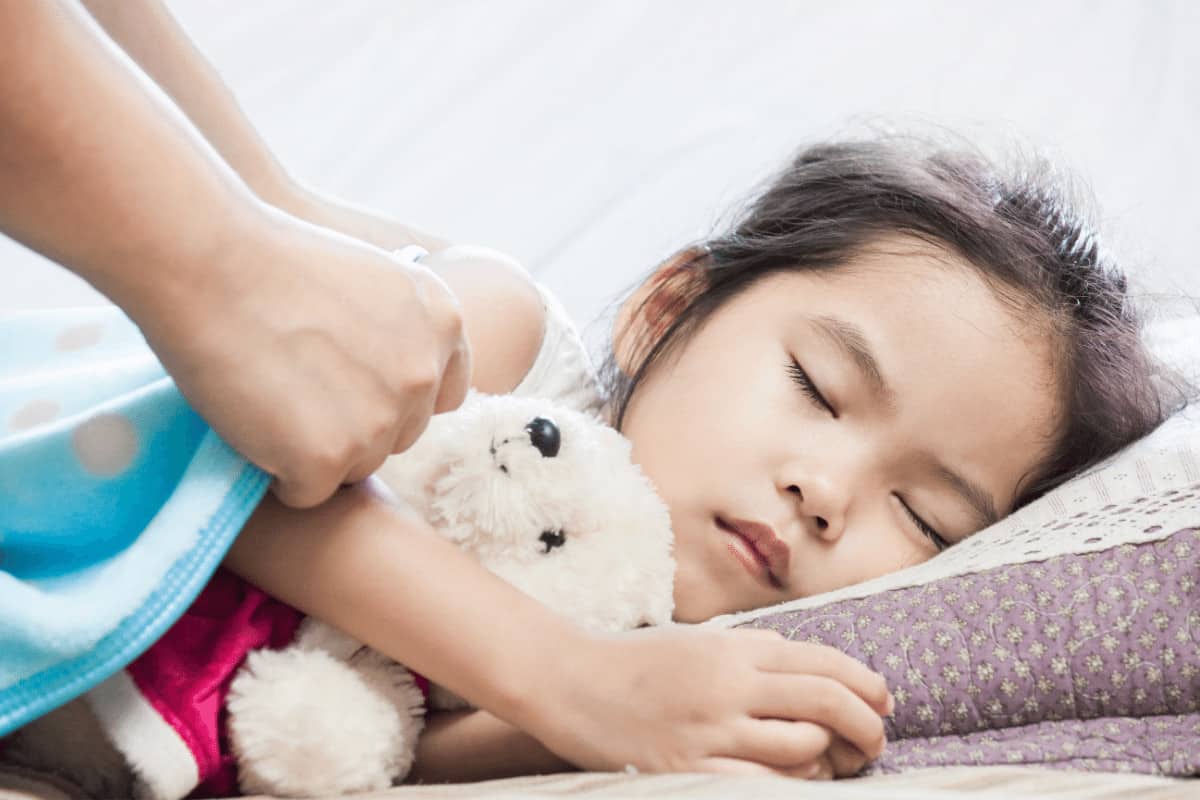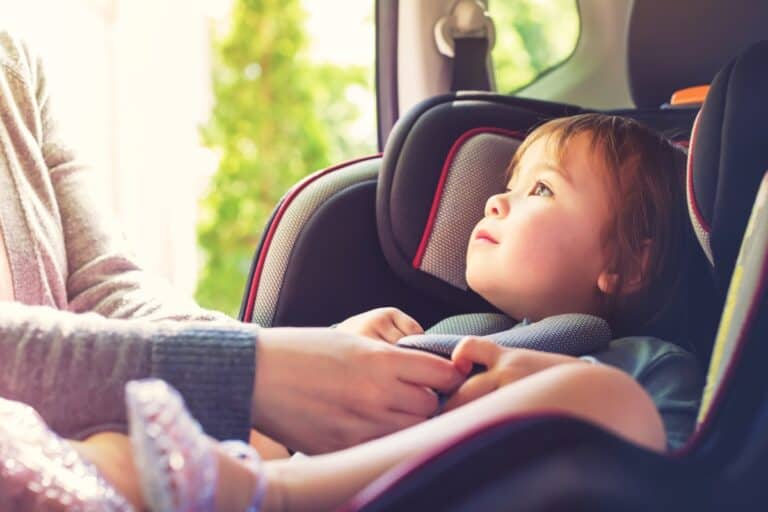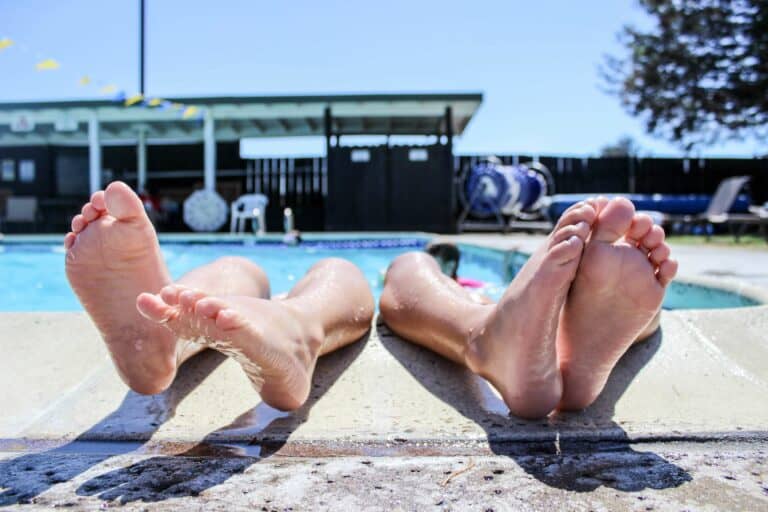Anxiety in Children: Is Your Kid Sick? Or Stressed?

Does your kid have back-to-school jitters, or could it be something more serious? Read on to learn more about anxiety in children, and tools to cope with the stress from Amelia Peck, LMFT.
Embracing the New School Year and New Anxiety
As we head into this new school year, virtual, hybrid, or in-person, there is a sense of stress and anxiety across the board. Most loudly, this anxiety is from parents. The questions of how to manage work and virtual learning are endless. Social media posts of home classrooms are becoming a new source or renovation envy. However, in the midst of it all, it’s important to remember that kids also experience this anxiety and stress can often show up in physical symptoms more so than verbal.
Anxiety Showing Up Where You Don’t Expect
Children don’t have the vocabulary adults do around anxiety and worry. We understand what it means when we feel that rush of cortisol flow through our bodies in response to stress. And the gut responses to want to shut down a bit or become more assertive to have a stronger sense of control in a situation. But kids don’t understand these things, especially young kids, and the symptoms of stress and anxiety can manifest themselves differently in anxious children.
Since anyone who has a child going to a physical school this year is uber-aware of the signs and symptoms of colds, flu, and COVID-19 possibilities, it is equally important to understand when your child is experiencing symptoms of anxiety which might go beyond just feeling stressed.
Physical Signs of Anxiety in Children
Symptoms of anxiety can be progressive. They can also change. New situations can bring about new responses and behavior. Understanding how to assess a psychological problem versus a physiological problem as a parent is an important skill to have.
Physical signs of anxiety include:
- Shortness of breath or rapid breathing
- Kids saying their heart is racing
- Headaches
- Stomach issues (even diarrhea)
- Weakness, or seeming overly tired
- Unexplained muscle aches and pains
- Insomnia and trouble falling asleep
- Sweating
- Shaking
Tools for Coping with Anxiety in Children
Of course, if you think anything is potentially serious, call your doctor right away to consult. Helping your child navigate through symptoms of stress doesn’t lessen the need to keep your pediatrician’s number programmed into your phone. Schools may also provide some mental health or counseling services that you can explore.
Here are some tools you can use in your home to help your children, and yourself, lessen their anxiety from the start and use during a time their anxiety has ramped up and need to do something quickly.

Breathing Practices to Reduce Anxiety in Children
This can look many different ways, and the goal here is to always regulate breathing so that more oxygen gets to the brain and your children can stay engaged during stressful situations. It’s good practice to sit with your child and allow them to mirror you doing the exercise as well if you aren’t using guided instruction.
In its most simple form, you and your child can simply practice breathing in the inhale for three seconds and then out the exhale for three seconds. This is easy, basic, and a good one for kids to remember if they struggle with rapid heart rate or shortness of breath. Even if they don’t, it’s a good practice in general that can help them stay grounded during their virtual or in-person school work.
It’s always best to practice any exercise like this when you are NOT feeling anxious. When our emotions are heightened is not the time to learn a new skill. Learn the skill when things feel calm. The implementation at first may not feel natural, but as your child learns and understands the benefits, it will become an important tool in their toolbox.
Stretching
Lots of kids have teachers that are including some form of yoga or physical stretching in their classrooms and online learning. In addition apps like Cosmic Yoga offer playful stories and backgrounds to these practices. This can ease tension headaches for your children, muscle pain, and other somatic responses to stress in the body. It also helps your child become more attune with their body physically and they may learn earlier than most when a physical response to stress is happening.
Healthy Diet
Anxiety may feel more complicated than the old “garbage in garbage out” phrase, but in its essence, it can make a big impact. Psychiatrists like Dr. Daniel Amen have even written cookbooks around foods that improve symptoms of ADHD and help improve focus. And in the end, good food makes our bodies feel good. Junk foods can make our bodies feel sluggish. This doesn’t mean you can’t indulge in the occasional treats for your kids once in a while, but having a good baseline of healthy rotating foods can help you navigate a rotating school schedule feeling a bit more at ease.

Sleep Habits
Sleep is so key for everyone, children and adults alike. Getting your kids in a healthy sleep routine is important. It helps your immune system and keeps their circadian rhythms in check. Sleep routines for many have become a bit randomized in families. Parents report their kids going to bed later than pre-pandemic times and worry about readjusting the schedule for school.
This is a great time to get those patterns set. Help your kids’ rooms become an environment that promotes good rest and relaxation. Noise machines, night lights, soft music, weighted blankets, and more can help your kids as they adjust to a more structured bedtime routine. Remember, sleep is tricky. If your child is experiencing sleep patterns or issues that continue after you do what you can consult your pediatrician.
Be Transparent About Anxiety in Children
It’s ok for you as parents to let your kids know you have some worries and concerns about these years during Covid too. Also, let them know some questions you are hoping to have answered as well. Remind them you are on this journey together. The years 2020-2022 have been a lot for everyone to wrap their heads around. Reminding children that we’re all in this together is critical. It is ok to be disappointed. It is ok to be frustrated. Learning to name these concerns, fears, and emotions, and not suppress them and keep them only inside, is another important skill that will help kids navigate stress and cope with anxiety during this time. Anxiety in children is something you should look out for, address, but also remember it can be normal especially in uncertain times.
For more family wellness tips and advice check out the Wellness category on FamilyApp.com.





